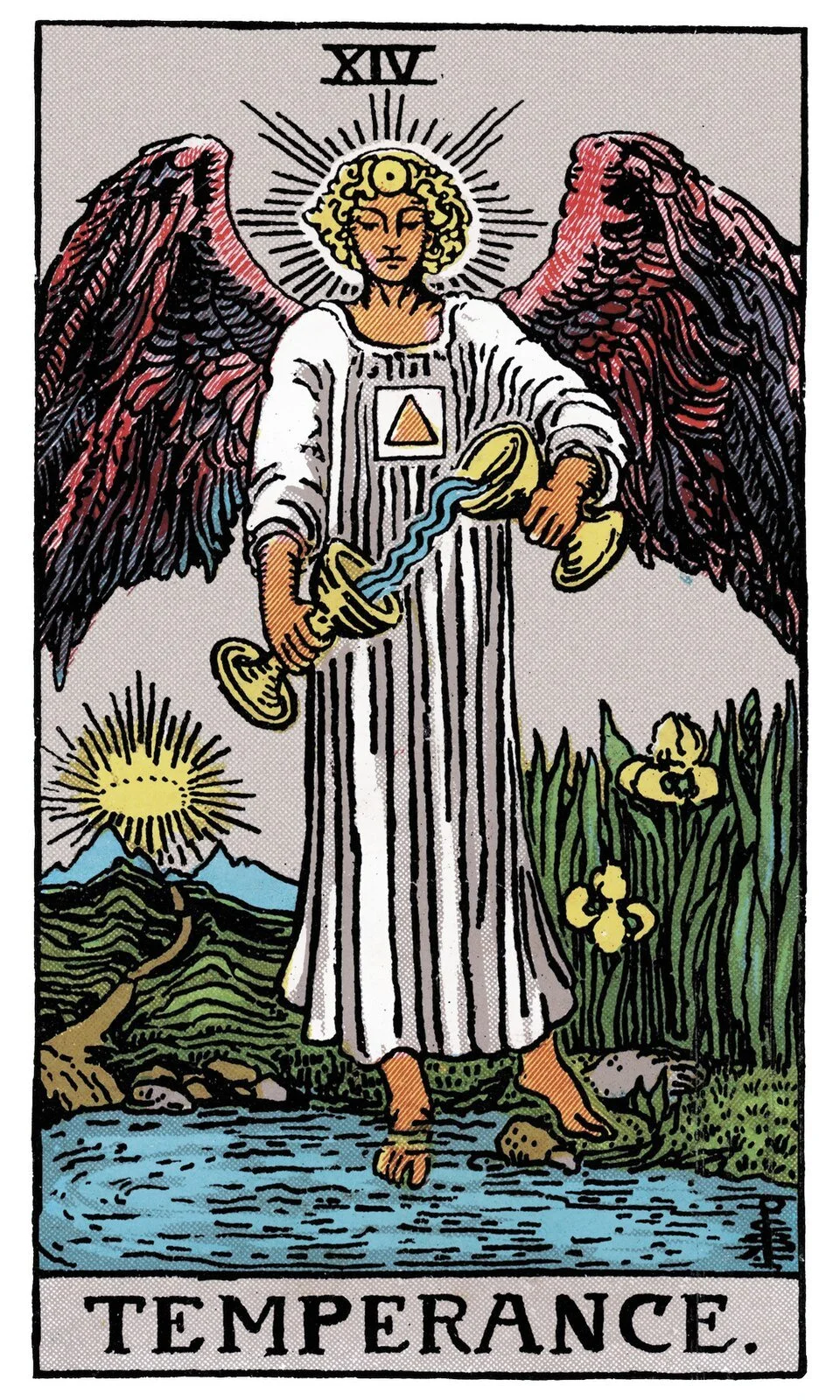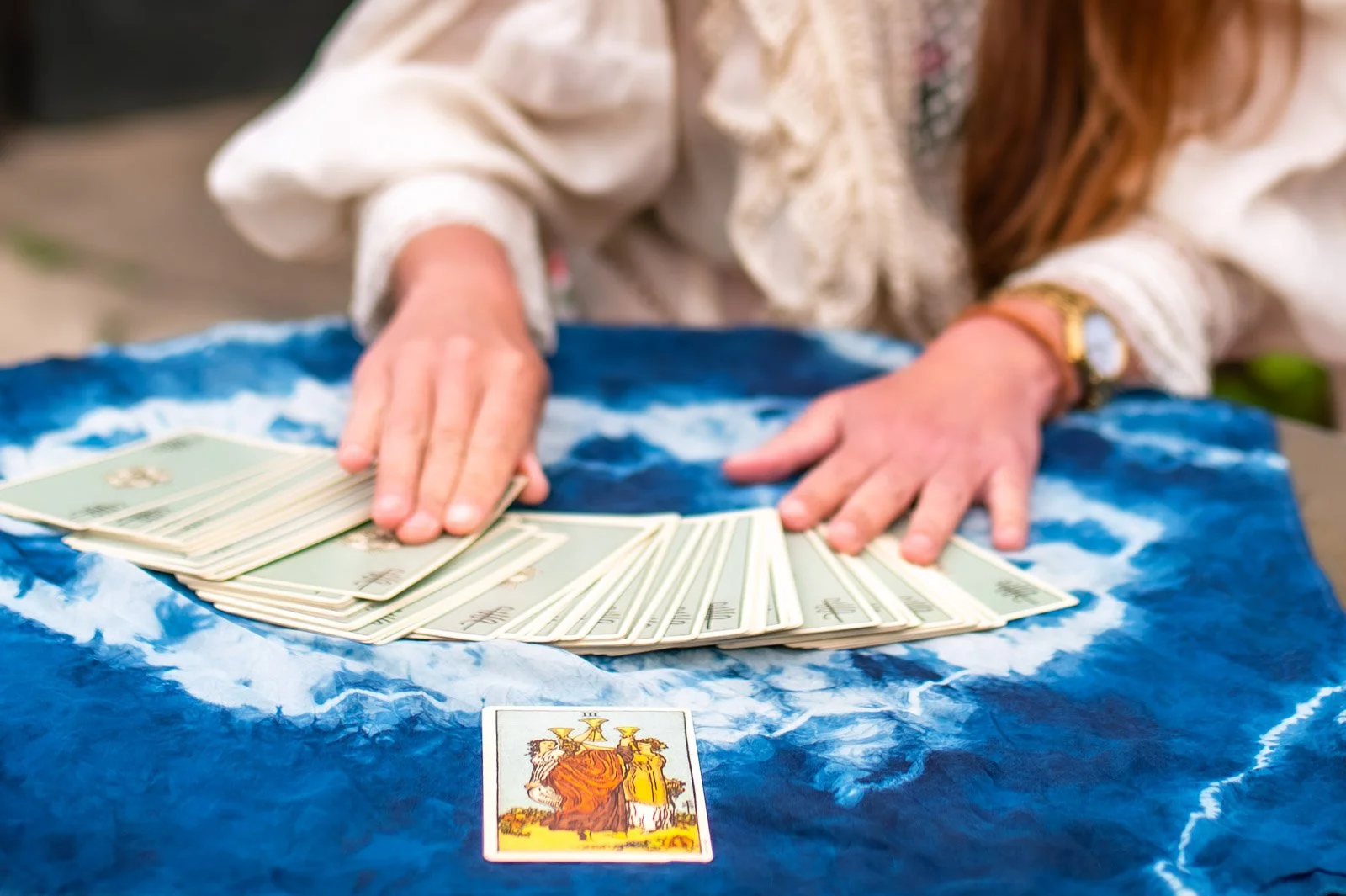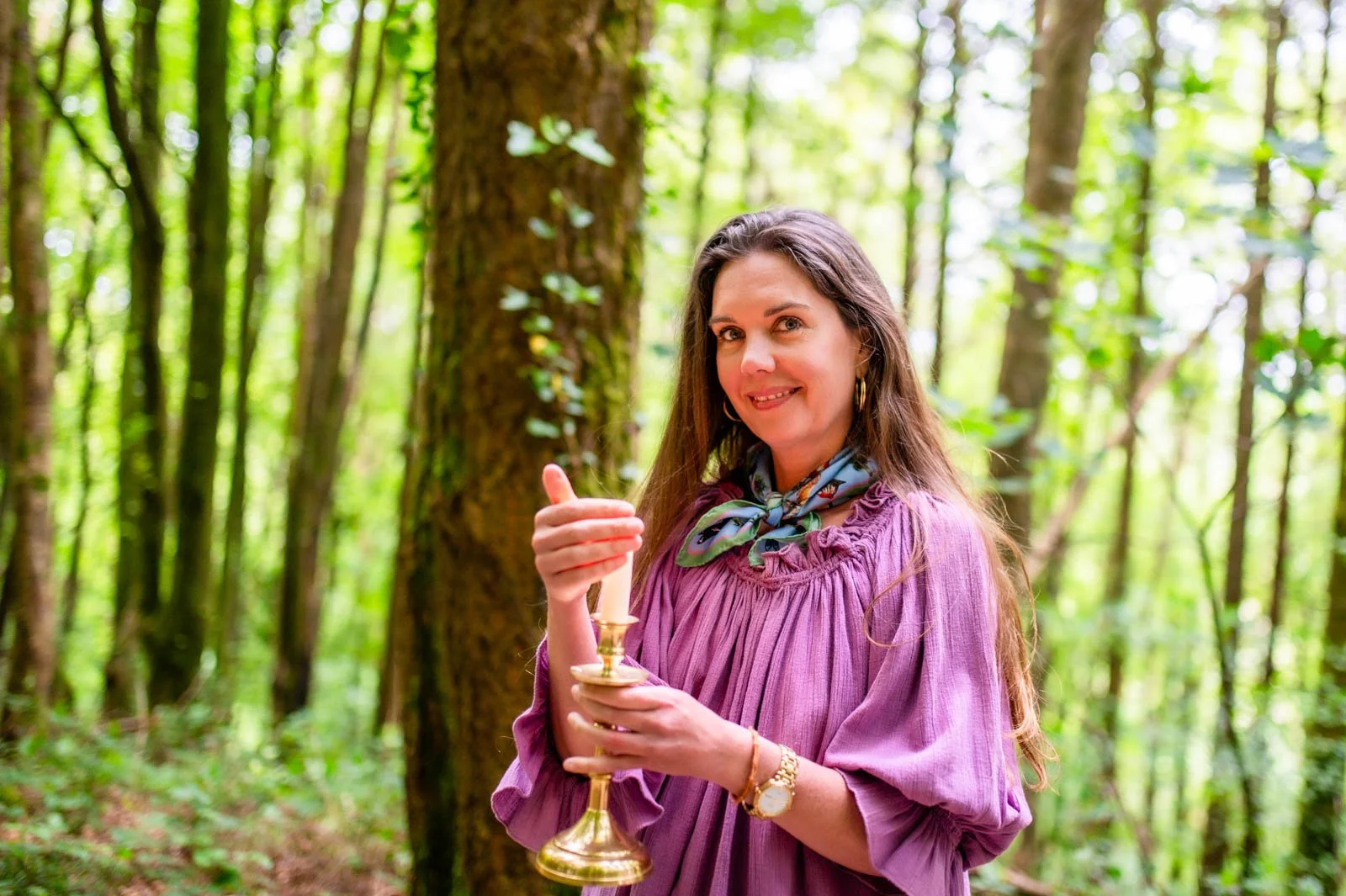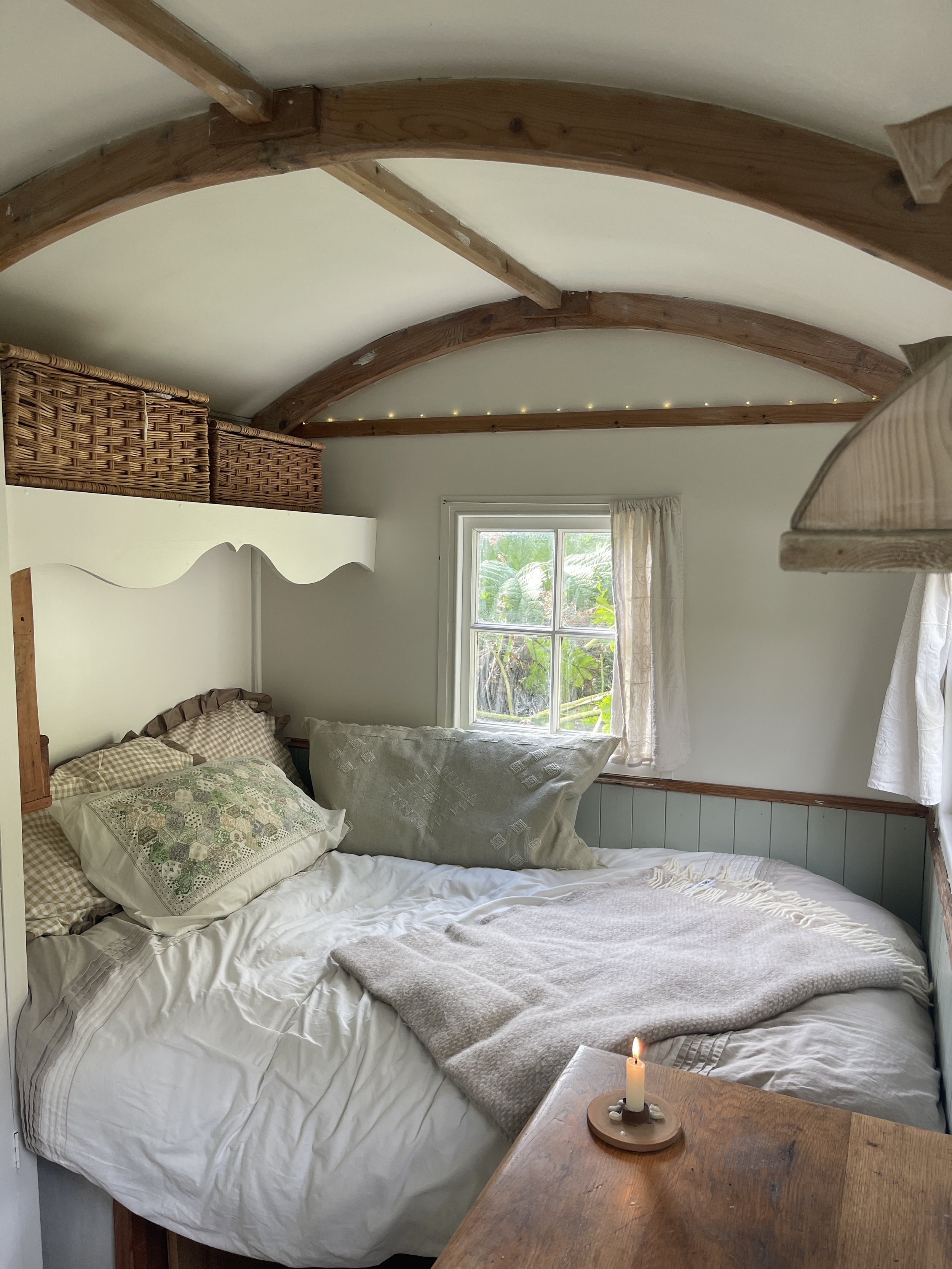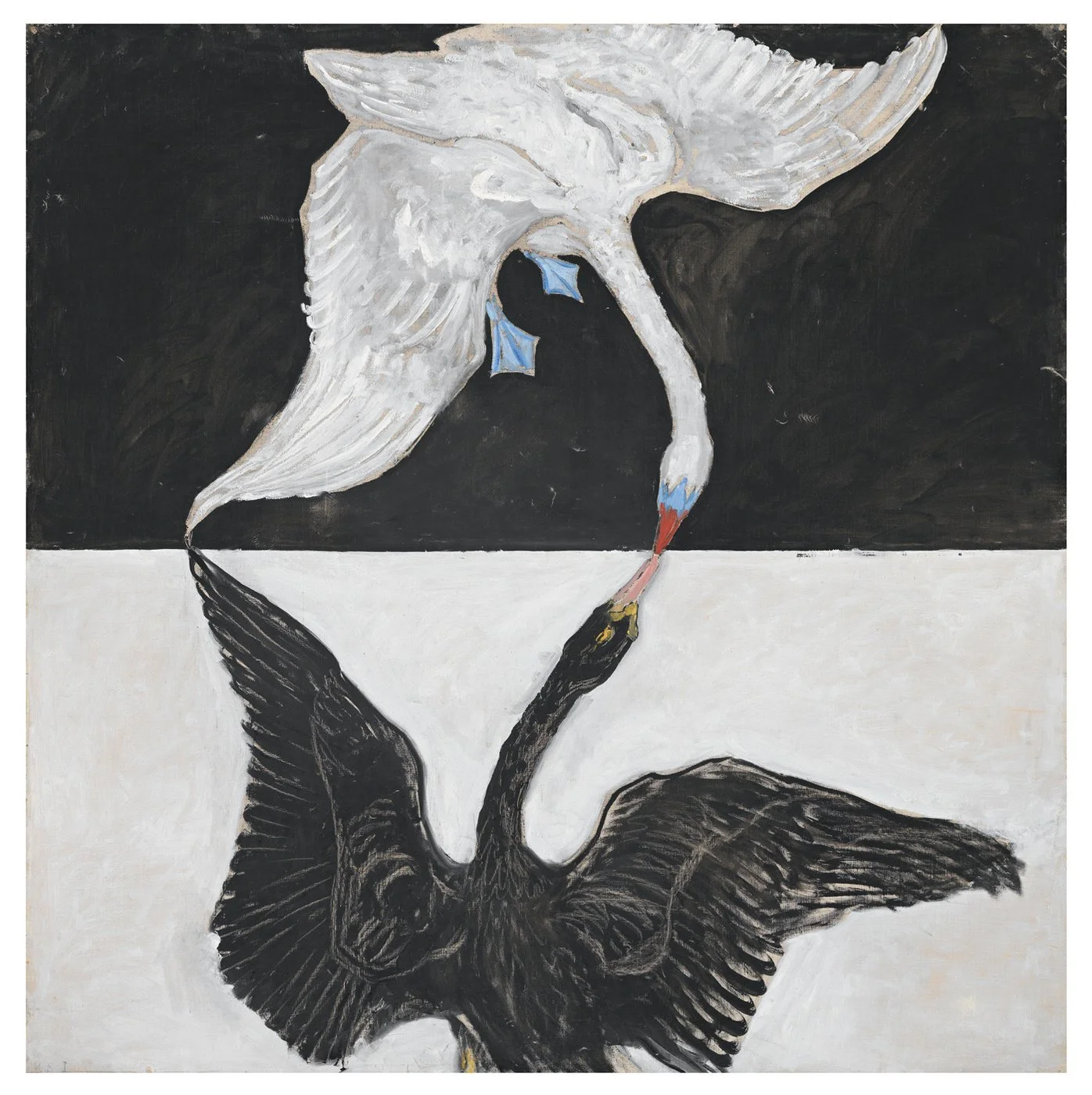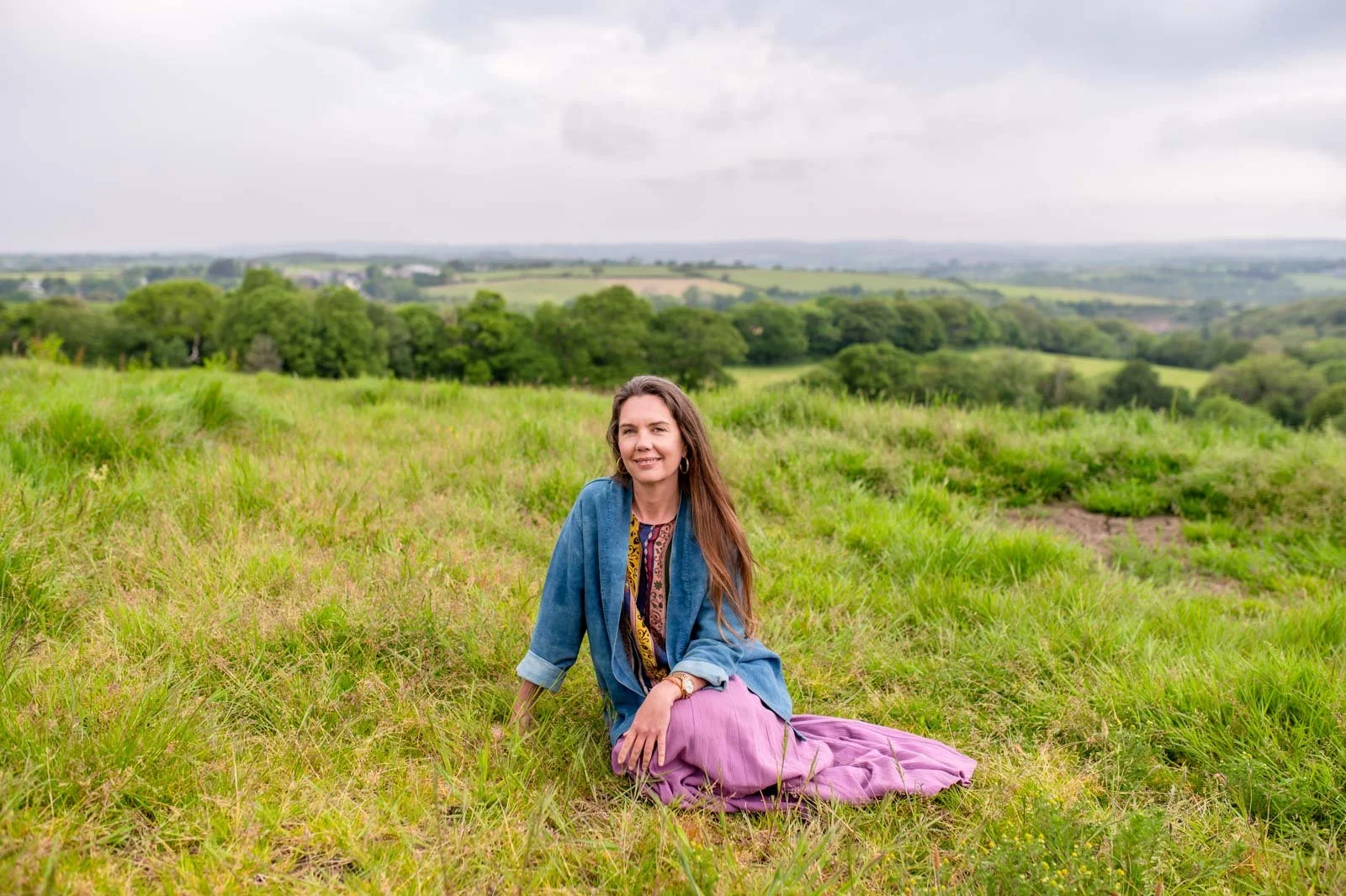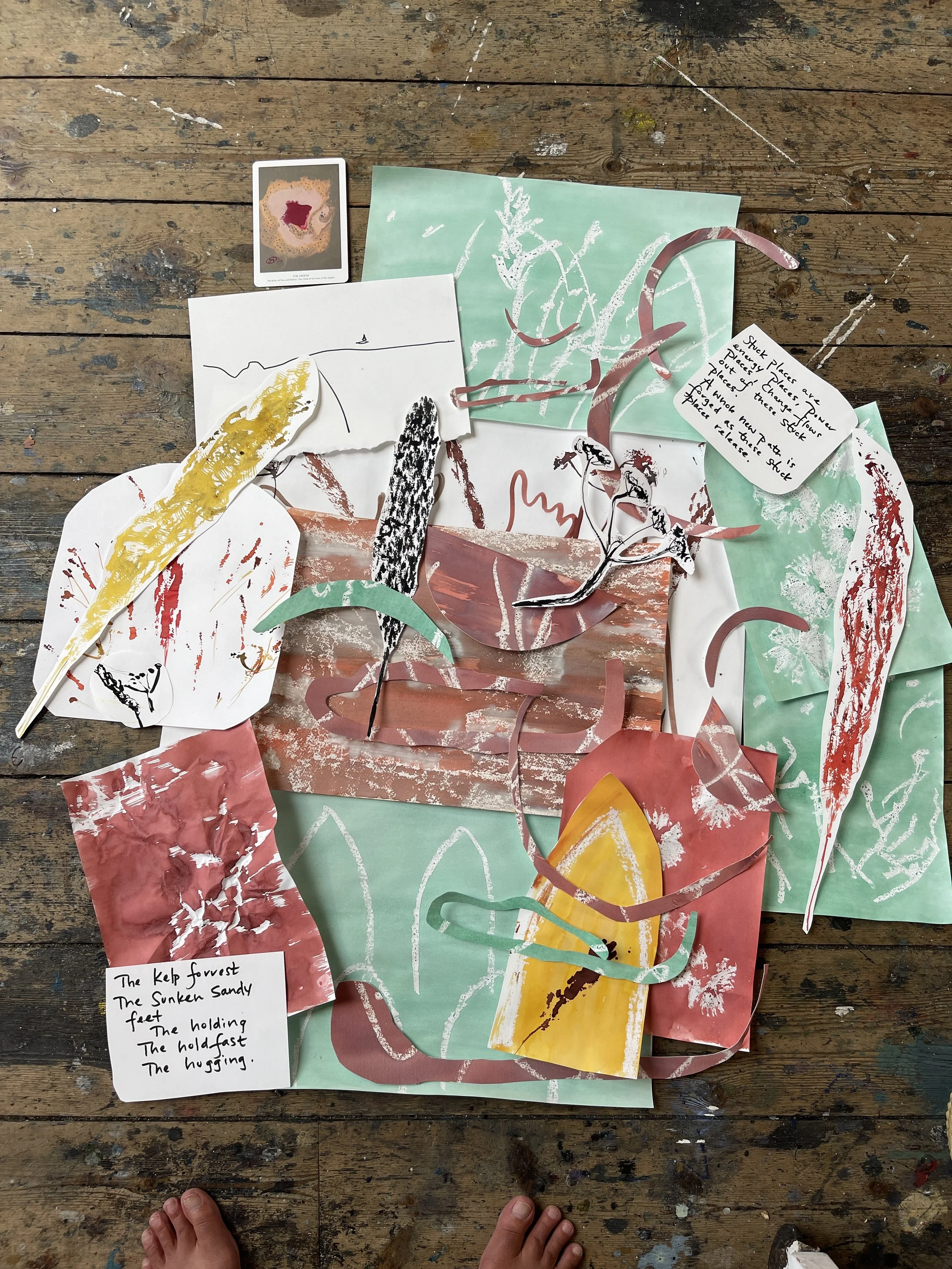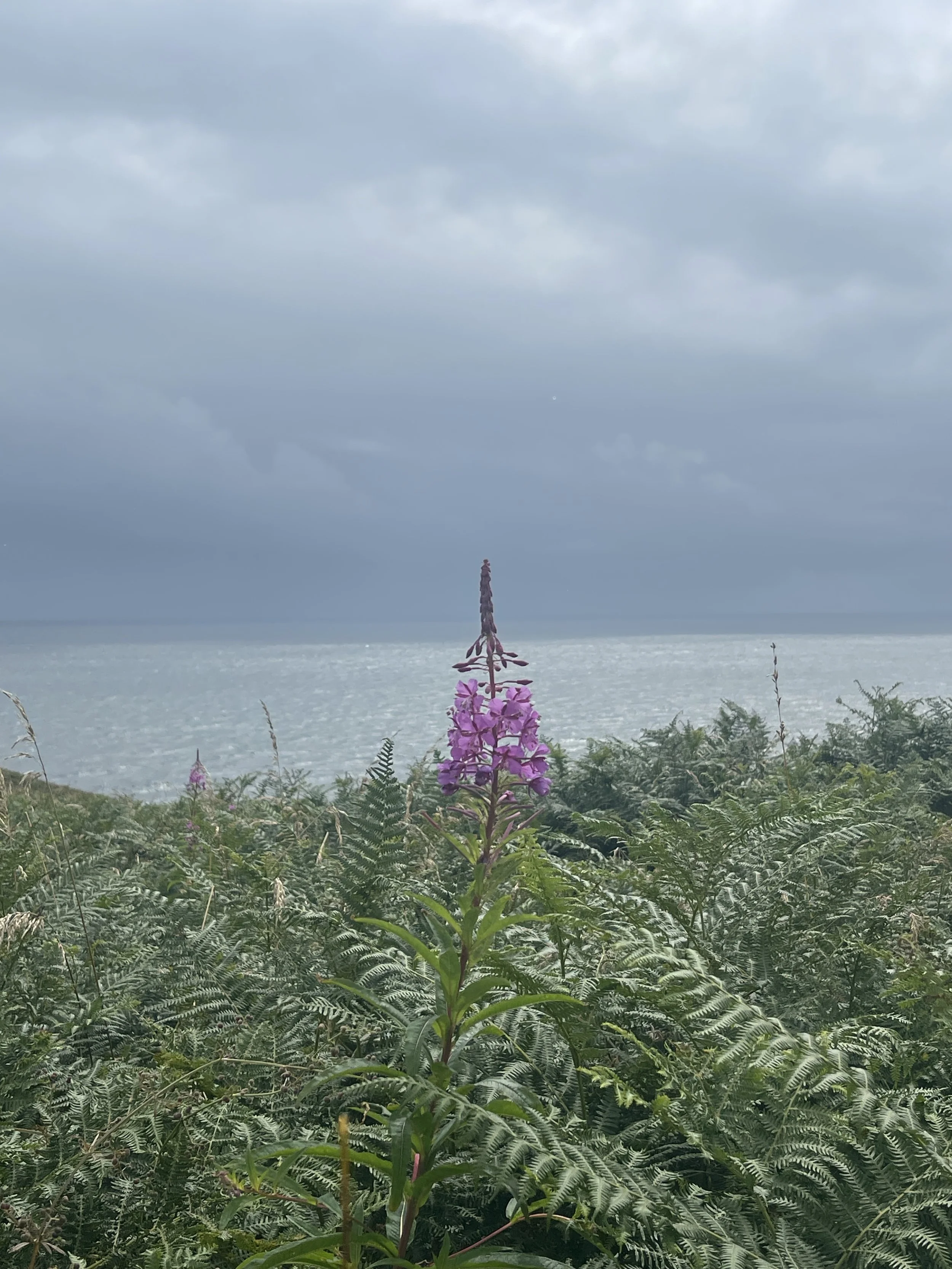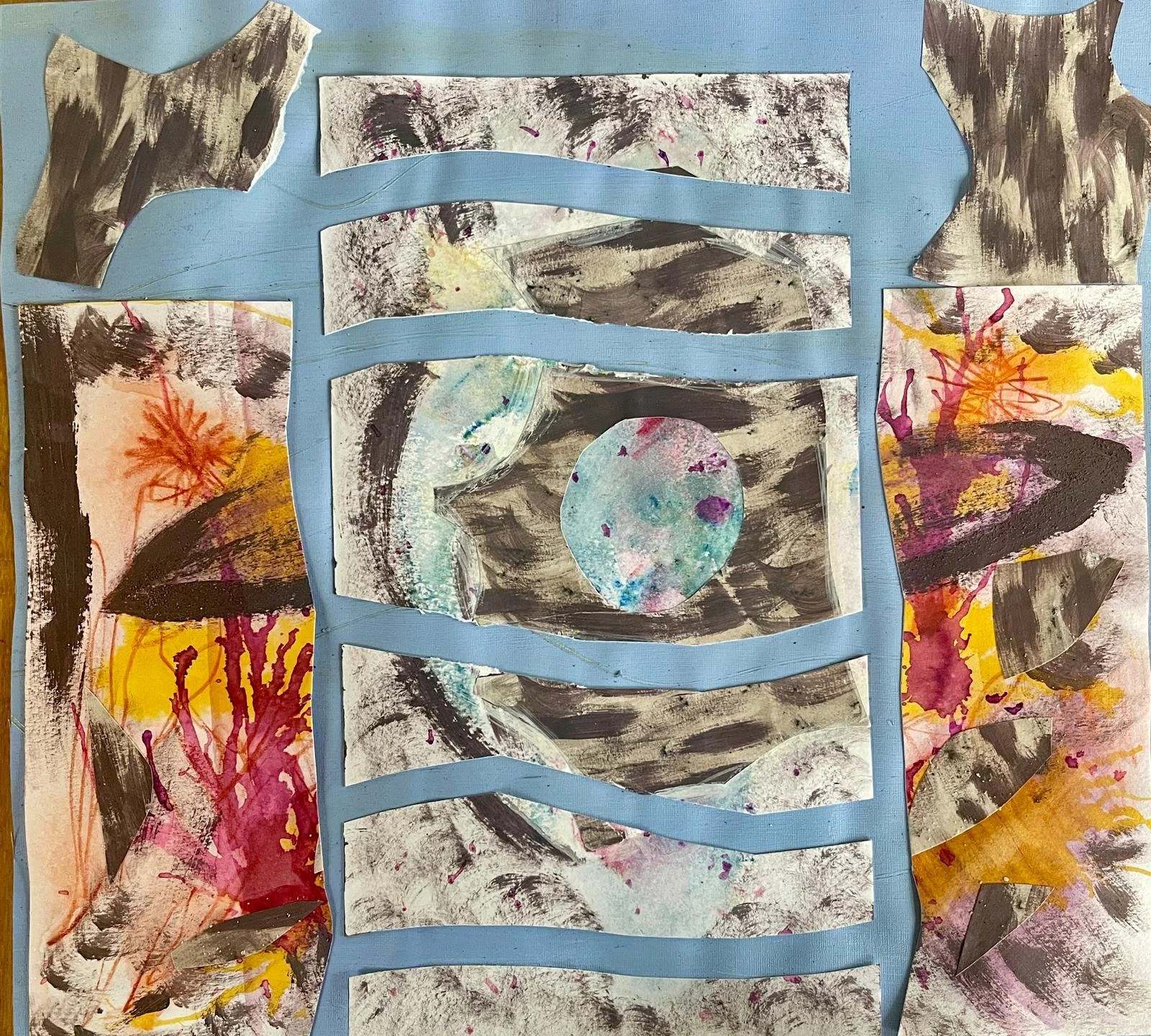Temperance - the card I never associated with sobriety
Hannah Green
Temperance Card Rider Waite Smith Tarot Deck
Welcome to Heartsnacks!
I’m Hannah Green MFT and depth psychotherapist, and this is my newsletter. We’ll be exploring relationships, art, and personal alchemy as I share impressions from work and life with you - my community of friends, clients, and colleagues.
I'm glad you're here!
Dear friends,
Yesterday I had hand surgery, and today I'm in that particular stillness that follows a hospital visit or procedure. The kind where your body insists you stop and listen. My bedroom is warm and cozy. The candles are lit and my partner has made my favorite - a huge pot of chicken soup. I've been spending these restful hours with Charles Frazier's Thirteen Moons. He also wrote Cold Mountain, which I've listened to many times over the years. These stories of the American west always capture my imagination and there's something about his voice as he reads aloud, the rhythm of his sentences, that matches this moment of necessary quietude perfectly.
In the opening chapters, Frazier writes about the Temperance Movement - a 19th and early 20th century social and political campaign that advocated for no alcohol consumption. Something shifted in me as I listened. I found myself thinking about the Temperance card in the Tarot, about the angel mixing water between two vessels, about the alchemical marriage of opposites. And then, surprisingly, after all my years with the cards, I realized I had never connected this card with sobriety.
This astonished me. This elusive and magical card has always been one of my favorites and sobriety is such a profound part of my life. Treating addiction is central to my work in depth therapy. And yet somehow I had kept these two things separate: the Temperance card with its gentle angel and flowing water, and the practice of recovery that so many of my clients and I know intimately.
The Angel's Work
In Jungian terms, Temperance represents what he called the transcendent function, which I keep writing about and is the focus of my January workshop in San Francisco. It is the psyche's remarkable capacity to hold opposing forces and create something new from their union. The card doesn't show restriction or denial. It shows integration. The angel pours water from one cup to another, endlessly mixing, blending, finding balance not through force but through flow.
This is nothing like the white knuckled or forced abstinence we sometimes imagine when we think of "temperance" through the lens of the old Temperance Movement. This is something else entirely. This is the slow, steady work of finding your true path, the one that isn't about restricting but about discovering what serves your deepest becoming.
The Long Unfolding
Working with people in recovery has taught me that this process is rarely linear. There are twists and turns, setbacks and breakthroughs, moments of clarity and long stretches in the fog. The work isn't to become "fixed" or "cured." The work is to keep showing up to the mixing, to the integration, to the slow discovery of what balance actually feels like in your body, in your own lived experience.
Jung understood that true transformation doesn't come from transcending our struggles but from making them conscious, from bringing what's been hidden into the light and learning to hold it alongside everything else we are.
In my practice, I watch people slowly find this third way. Someone who has learned to hold both their vulnerability and their strength, their desire and their boundaries, their shadow and their light in the same open hands.
The Fertile Ground
Recovery, like all deep psychological work, asks us to tolerate enormous amounts of uncertainty. To keep showing up even when we can't see the outcome. To trust that something is working in us even when progress feels invisible, perhaps like an achey hand wrapped in a cast.
The Temperance card reminds us that this mixing, this blending, this patient work of integration never really ends. Life keeps offering us new opposites to reconcile, new edges to meet, new versions of ourselves to discover. The angel keeps pouring, keeps mixing, keeps finding balance in the eternal flow between what was and what wants to emerge.
As I rest here after surgery, my hand healing in its own mysterious timeline, I'm grateful for my loved ones and for all the doctors and nurses that did their jobs so well. For seeing how the Temperance card has been teaching me all along what my clients in recovery already know: that wholeness is found in the willingness to keep showing up to the mixing, in trusting the slow alchemy of our own transformation, in believing that we are becoming something we cannot yet fully see.
With love,
Hannah Green MFT
P.S. If you're feeling called to explore the Tarot more deeply, I offer psycho-spiritual coaching sessions centered around the Tarot. These sessions are different from psychotherapy and yet seek to support you at your depths. Come and see me for a New Years reading!
This month's recommendations: Thirteen Moons by Charles Frazier Cold Mountain by Charles Frazier Caravaggio (film) The music of Celia Hollander and Mary Latimore

